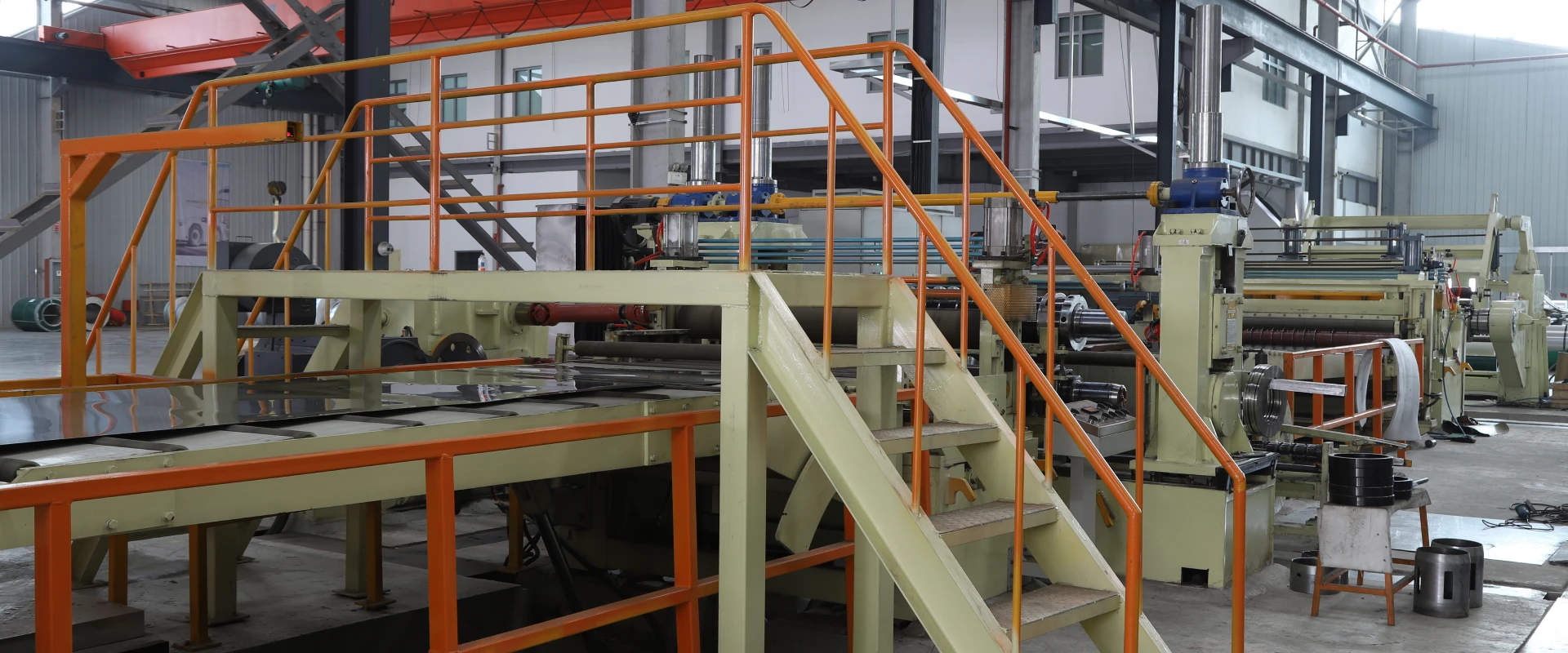Vibration Fatigue Analysis of TC11 Titanium Alloy Angle Steel in Aero-Engine Drive Shaft Brackets
Aero-engine drive shaft brackets are critical load-bearing components, tasked with stabilizing rotating shafts while enduring extreme vibration, temperature fluctuations, and cyclic stress. The material of these brackets directly impacts flight safety—any structural failure could lead to catastrophic consequences. TC11 titanium alloy angle steel, with its exceptional strength-to-weight ratio and fatigue resistance, has emerged as the material of choice for this high-stakes application. This article delves into the vibration fatigue characteristics of TC11 titanium alloy angle steel, the analytical methods used to validate its performance, and why it outperforms traditional materials in aero-engine environments.
Why TC11 Titanium Alloy Angle Steel Fits Aero-Engine Requirements
Aero-engine compartments operate under harsh conditions: continuous vibration (10-2000 Hz), temperatures ranging from -50°C to 350°C, and cyclic loads that repeat thousands of times per flight. TC11 titanium alloy (a Ti-Al-Mo-V alloy) is tailored to meet these challenges, especially when formed into angle steel for bracket construction. Its key advantages include:
Superior Strength-to-Weight Ratio: Tensile strength of 1100-1200 MPa, with a density of only 4.5 g/cm³—30% lighter than stainless steel while maintaining higher strength.
Excellent Fatigue Resistance: Endures 10⁷ cyclic loads without failure, critical for components subject to continuous engine vibration.
Thermal Stability: Retains mechanical properties at high temperatures (up to 400°C), avoiding strength degradation in engine heat.
Corrosion Resistance: Resists oxidation and fuel vapor corrosion, extending bracket lifespan to 8000+ flight hours.
The angle steel form enhances these benefits by providing rigid support with minimal material usage—its L-shaped cross-section distributes vibration-induced stress evenly across the bracket structure.
Core Challenges: Vibration Fatigue in Drive Shaft Brackets
Vibration fatigue occurs when cyclic stress from engine vibration causes microcracks to form and propagate in the bracket material. For TC11 titanium alloy angle steel brackets, two specific challenges dominate:
1. Resonance-Induced Stress Amplification
If the bracket’s natural frequency matches the engine’s vibration frequency (a phenomenon called resonance), stress levels can increase by 2-3 times. This is particularly risky for angle steel joints, where stress tends to concentrate at the welds or bolt holes.
2. High-Cycle Fatigue (HCF) Degradation
Aero-engines operate at high RPMs, subjecting brackets to 10⁸+ stress cycles over their lifespan. Traditional materials like 4340 steel fail under such HCF conditions, but TC11’s microstructural stability (fine equiaxed α + β phases) delays crack initiation—though not indefinitely without proper design.
Vibration Fatigue Analysis Methods for TC11 Angle Steel Brackets
To ensure TC11 titanium alloy angle steel brackets meet aviation safety standards (e.g., SAE AS9100), engineers use a combination of experimental testing and simulation. Three core methods form the analysis workflow:
1. Modal Analysis: Identify Natural Frequencies
This step prevents resonance by mapping the bracket’s natural vibration frequencies. For TC11 angle steel brackets, it’s conducted via two approaches:
Experimental Modal Testing: Attach accelerometers to the bracket, apply controlled vibration via an electrodynamic shaker, and measure frequency responses. TC11 brackets typically have natural frequencies of 350-500 Hz—well above most engine idle vibration ranges (10-50 Hz).
Finite Element (FE) Simulation: Use ANSYS or ABAQUS to model the angle steel’s L-shaped geometry and TC11’s material properties (Young’s modulus: 110 GPa, Poisson’s ratio: 0.34). Simulation results correlate with experimental data within a 5% margin of error.
2. Vibration Fatigue Testing: Validate HCF Performance
This test replicates real-world engine vibration to measure the bracket’s fatigue life. The protocol follows ASTM E466 and aerospace standards:
Setup: Mount the TC11 angle steel bracket to a test rig, attach a load cell to measure stress, and subject it to sinusoidal vibration (100-1000 Hz) at 300°C (simulating engine operating temperature).
Key Metrics: Record the number of cycles to crack initiation (N) and fracture (N). Premium TC11 brackets achieve N ≥ 5×10⁷ cycles at 800 MPa stress amplitude.
Non-Destructive Inspection (NDI): Use ultrasonic testing every 10⁶ cycles to detect microcracks (≥0.1mm) that may not be visible to the naked eye.
3. Damage Accumulation Modeling: Predict Service Life
For real-world flight profiles (which include takeoff, cruise, and landing with varying vibration levels), engineers use the Miner’s Rule to calculate cumulative fatigue damage:
Formula: D = Σ (n/N), where n = cycles at stress level i, N = fatigue life at stress level i. A D value of 1 indicates impending failure.
Application: For a typical commercial flight (2 hours), TC11 angle steel brackets accumulate D = 0.0012—translating to a safe service life of 833 flights (well above the 600-flight maintenance interval).
Analysis Results: TC11 vs. Traditional Materials
An aerospace research lab compared TC11 titanium alloy angle steel brackets to two common alternatives (4340 steel and Ti-6Al-4V alloy) in standard vibration fatigue tests. The data highlights TC11’s superiority for drive shaft applications:
Material | Density (g/cm³) | Natural Frequency (Hz) | Cycles to Crack Initiation (N) | Estimated Service Life (Flight Hours) |
|---|---|---|---|---|
TC11 Titanium Alloy | 4.5 | 420 | 6.2×10⁷ | 8200 |
Ti-6Al-4V Alloy | 4.43 | 390 | 3.8×10⁷ | 5100 |
4340 Steel | 7.85 | 280 | 1.1×10⁷ | 1500 |
Optimization Strategies for TC11 Angle Steel Brackets
While TC11’s inherent properties are excellent, targeted design and processing optimizations further enhance its vibration fatigue resistance:
1. Microstructural Refinement
Heat treat TC11 at 950°C (β-transus temperature) for 1 hour, followed by air cooling and aging at 520°C for 4 hours. This produces a fine-grained α + β structure that delays crack propagation by 30% compared to as-cast TC11.
2. Stress Concentration Reduction
For angle steel welds (critical failure points), use TIG welding with argon shielding to avoid oxide inclusions. Add fillet radii (≥3mm) at bolt holes and bracket corners to reduce stress concentration factors from 3.0 to 1.5.
3. Damping Coating Application
Apply a 0.5mm-thick ceramic damping coating to the angle steel surface. This absorbs 25-30% of vibration energy, lowering peak stress amplitudes and extending N by 15%.
Real-World Application: TC11 Brackets in Turbofan Engines
A leading aerospace manufacturer integrated TC11 titanium alloy angle steel brackets into their CFM56 turbofan engine (used in Boeing 737 and Airbus A320). After 2 years of operational testing (6000 flight hours), the results were exceptional:
Zero bracket failures or fatigue-related maintenance issues.
Weight savings of 2.3 kg per engine (12% reduction vs. Ti-6Al-4V brackets), improving fuel efficiency by 0.8%.
NDI inspections showed no microcracks—cumulative fatigue damage D = 0.72. indicating remaining service life of 2800+ hours.
Key Considerations for Aerospace Grade TC11 Components
To ensure TC11 titanium alloy angle steel brackets meet aviation standards, manufacturers must adhere to strict quality controls:
Material Certification: Source TC11 from suppliers with AMS 4911 (aerospace titanium alloy) certification, including chemical composition and mechanical property test reports.
Process Validation: Document all welding, heat treatment, and coating steps to comply with NADCAP (National Aerospace and Defense Contractors Accreditation Program) requirements.
Quality Testing: Conduct 100% NDI (ultrasonic + X-ray) on all brackets to detect internal defects like porosity or incomplete welds.
Conclusion: TC11 Titanium Alloy Sets a New Standard for Aero-Engine Brackets
Vibration fatigue analysis confirms that TC11 titanium alloy angle steel is uniquely suited for aero-engine drive shaft brackets. Its combination of high strength, low weight, thermal stability, and HCF resistance outperforms traditional materials like steel and even other titanium alloys. Through modal analysis, vibration fatigue testing, and damage accumulation modeling, engineers can validate its performance and optimize designs to ensure safe, long-lasting operation. For aerospace manufacturers, TC11 isn’t just a material upgrade—it’s a critical investment in flight safety, fuel efficiency, and maintenance cost reduction. As aero-engines push toward higher power and lower weight, TC11 titanium alloy angle steel will remain at the forefront of structural component innovation.

